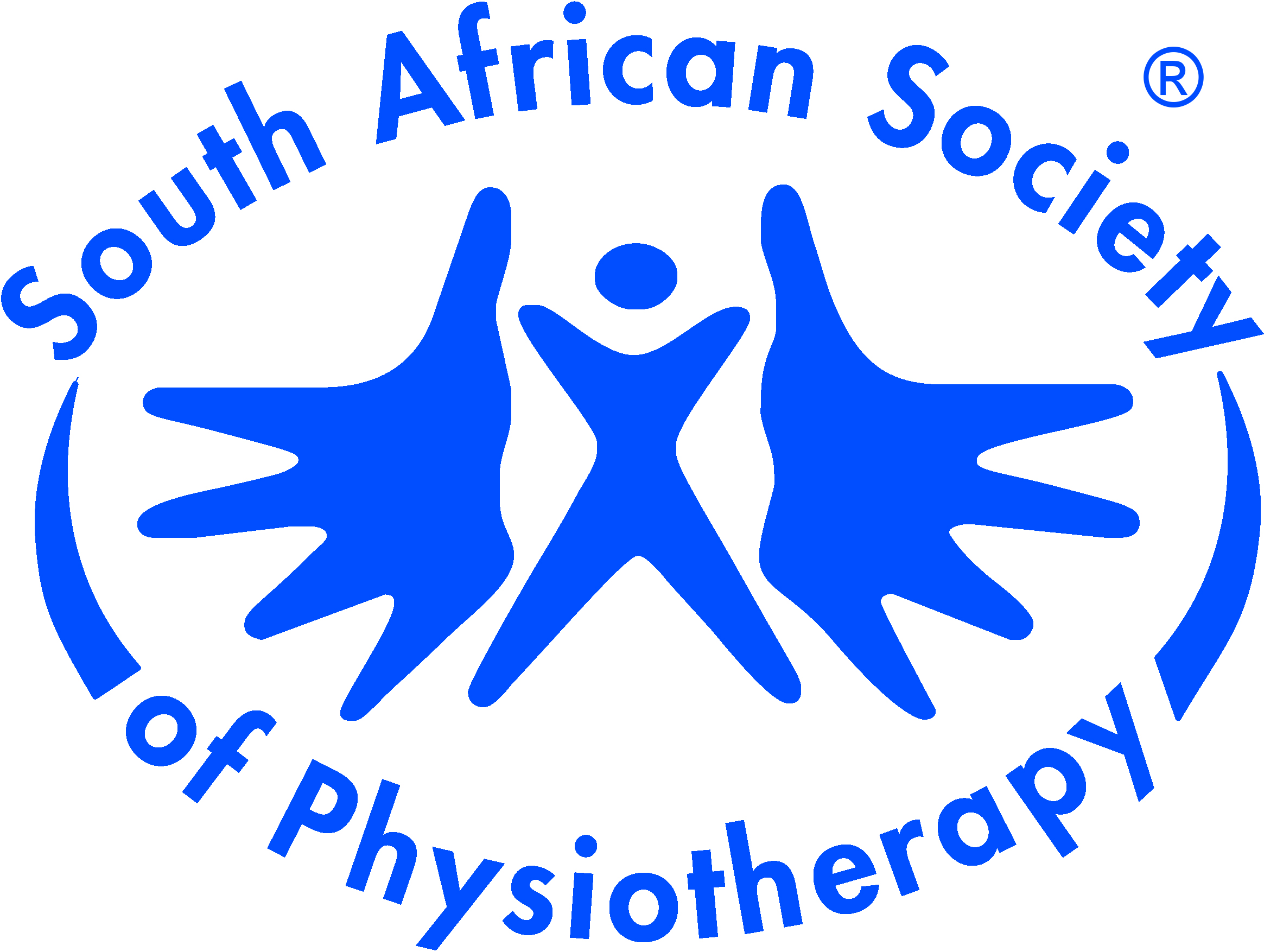Original Research
Cervico-mandibular muscle activity in females with chronic cervical pain
South African Journal of Physiotherapy | Vol 69, No 3 | a26 |
DOI: https://doi.org/10.4102/sajp.v69i3.26
| © 2013 T. Lang, R. Parker, T. Burgess
| This work is licensed under CC Attribution 4.0
Submitted: 12 December 2013 | Published: 12 December 2013
Submitted: 12 December 2013 | Published: 12 December 2013
About the author(s)
T. Lang, Trish Lang Physios, Cape Town, South AfricaR. Parker, Department of Health and Rehabilitation Sciences, University of Cape Town, Groote Schuur Hospital., South Africa
T. Burgess, Department of Health and Rehabilitation Sciences, University of Cape Town, Groote Schuur Hospital., South Africa
Full Text:
PDF (250KB)Abstract
Pathophysiological mechanisms behind pain in chroniccervical musculoskeletal conditions (MSC) in office workers remainunclear. Chronic cervical pain has established links with temporomandibular(TM) disorders. Yet there is no current published evidence to reportwhether individuals with cervical dysfunction exhibit altered masseterand cervical extensor (CE) muscle activity. Objective: To explore CE andmasseter surface electromyographic (sEMG) activity and teeth clenchinghabits in females with chronic cervical dysfunction and no TM disorder.Design: Descriptive cross-sectional correlational study with singleblinding.Participants: University students and staff with or without chroniccervical pain and no TM involvement. Methods: Descriptive and paindata captured from Research Diagnostic Criteria for TM disorders, NeckDisability Index, Computer Usage, Brief Pain Inventory, and EuroQoL-5Dquestionnaires. Female participants allocated to a chronic cervical (n = 20) and a control group (n = 22). Investigator blindedto the study groups recorded sEMG of bilateral masseter and CE muscles (C4/5 level) at rest and during light teeth clenching.Results: No differences in socio-demographic profile; or in masseter or CE sEMG activity at rest or during light clench betweengroups. The pain group had higher scores for pain, reported a daytime teeth clenching habit, and had worse scores for the healthrelatedquality of life (HRQoL) sub-sections for pain, anxiety/depression, and lower scores for perceived health status. Conclusion:No relationship established between cervico-mandibular sEMG activity and reported disability in females with chronic cervicaldysfunction and no TM disorder. Association between biopsychosocial factors of teeth clenching and anxiety/depression highlightscomplex pathophysiological mechanisms in chronic recurrent cervical pain.
Keywords
No related keywords in the metadata.
Metrics
Total abstract views: 3389Total article views: 2607
